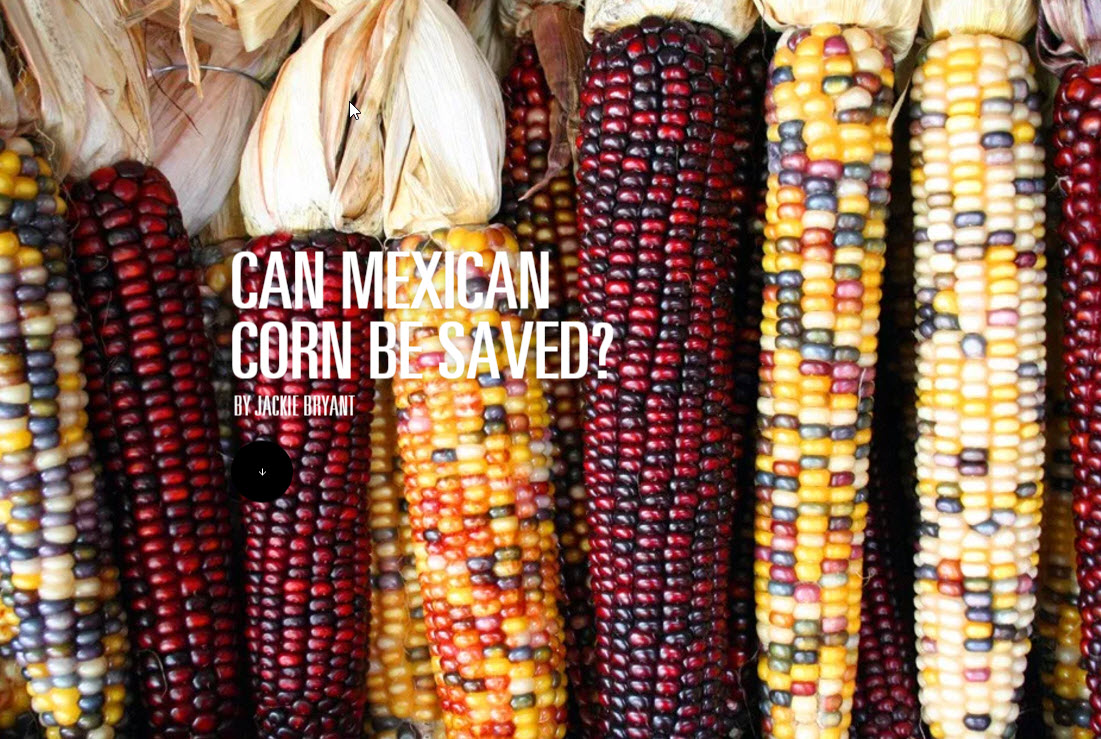So, you want to know about corn?” Rafael Mier asks, grabbing two suitcases out of the back of a beat-up station wagon. “We are having a crisis in Mexico.”
It is, as it always is, a bluebird day in Baja California, Mexico. When I heard a man was in town who was trying to save Mexican corn, I zipped over the border from San Diego, wondering what about Mexican corn could possibly need saving. I drove down the coast highway and ended up in the garage of an oceanfront luxury high rise in Rosarito, where Mier was staying. After spending more than a week in northwest Mexico, meeting with chefs multiple times a day, he was surprisingly energetic, almost like it was his first day on the job.
Mier is the founder of the Organización de Tortilla de Maíz Mexicana, a mostly one-man activist organization focused on educating Mexicans about good tortillas, which he hopes will save the country’s heirloom corn varieties from extinction. He travels around the country talking to rural village farmers, big-name chefs, government officials, and anyone else who might be wondering what is actually in the tortillas they’re eating. Since tortillas are a Mexican staple food, they are an entry point to learn more about the country’s different corn varieties and its monolithic supply chains. Perhaps the greatest surprise is that this organization needs to exist at all: aren’t “corn” and “Mexico” synonymous? Yes, but also no, because a lot has changed.
Tortilla consumption in Mexico has fallen by 40 percent in the last 30 years, Mier says to our first audience of the day at the Culinary Arts School in Tijuana. While holding up a bag tortillas from a popular store-bought brand, he explains that tortillas people are still eating aren’t high quality, either. Most, including the type he’s holding that he knows are in most peoples’ kitchens, are made with masa harina or maseca. These are powdered mixes made with real corn but also with gums, colorants and preservatives and, in some cases, wheat flour. Googling “how to make corn tortillas” illustrates this: not one English or Spanish-language recipe that comes up calls for using fresh masa.
